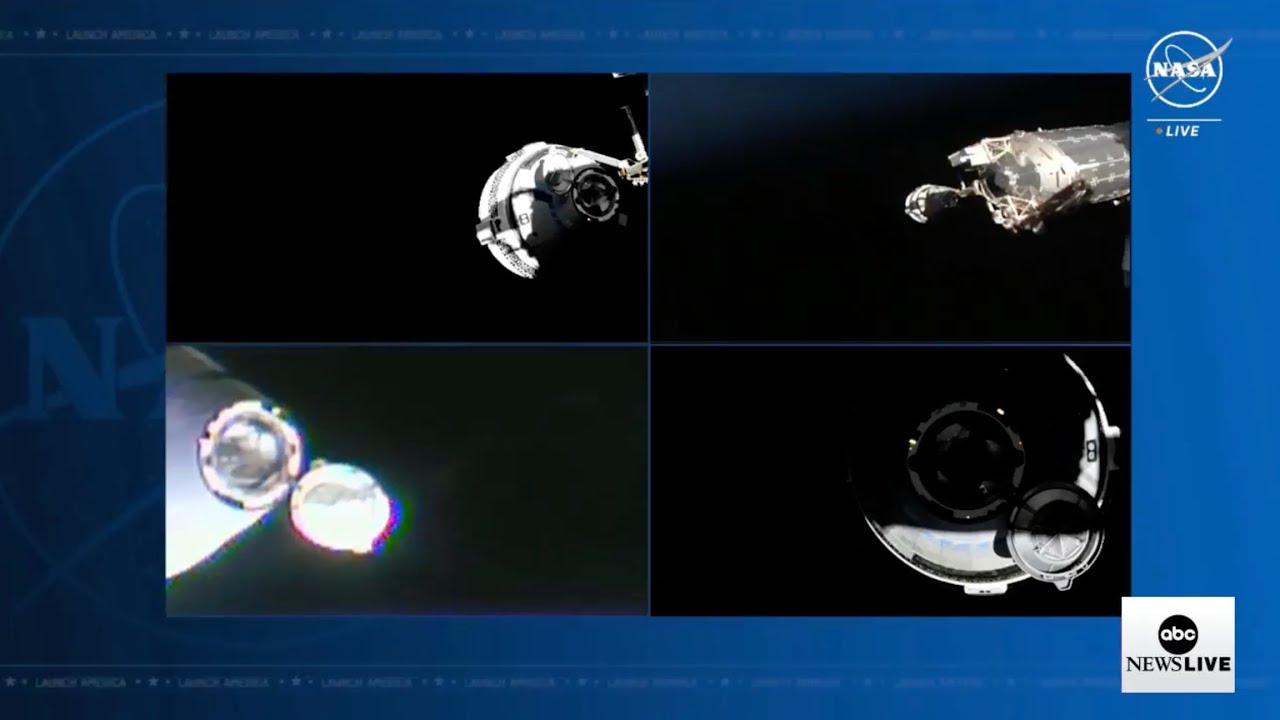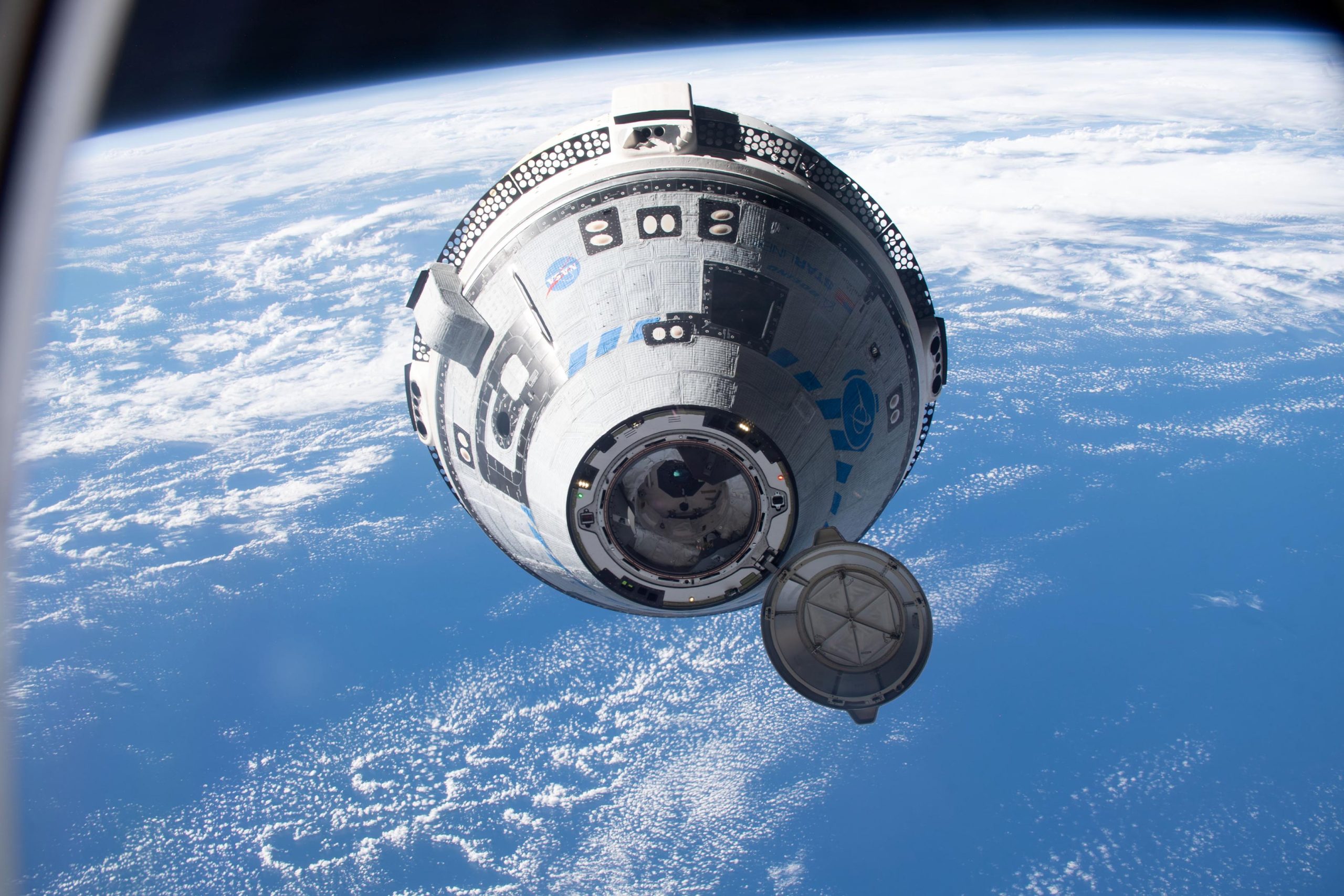Starliner Launch and Mission Updates: Starliner Live

Starliner live – The Starliner spacecraft, developed by Boeing, is scheduled to launch on a United Launch Alliance Atlas V rocket from Cape Canaveral Space Force Station in Florida. The mission, known as Starliner-1, is an uncrewed flight test to the International Space Station (ISS).
Starliner Live, an electrifying event, offers a captivating blend of music and performance. Its vibrant stage has showcased renowned artists, including the enigmatic Master Indara , whose soulful melodies and intricate dance moves left audiences spellbound. As Starliner Live continues to captivate, it promises an unforgettable experience that will leave a lasting impression.
The primary objectives of the Starliner-1 mission are to demonstrate the spacecraft’s ability to launch successfully, rendezvous and dock with the ISS, and return safely to Earth. The mission will also test the spacecraft’s systems, including its life support, propulsion, and navigation systems.
Starliner Live’s captivating performances continue to enchant audiences, and among the rising stars is the talented actor Dean-Charles Chapman. His portrayal of Billy Elliot in the hit musical has earned him widespread acclaim, showcasing his exceptional vocal and dance abilities.
Chapman’s presence on the Starliner Live stage adds a touch of brilliance to the already mesmerizing performances.
Launch Vehicle, Starliner live
The Starliner spacecraft will be launched into orbit by a United Launch Alliance Atlas V rocket. The Atlas V is a two-stage rocket that has been used to launch a variety of satellites and spacecraft into orbit. The Atlas V rocket for the Starliner-1 mission will be configured with a single solid rocket booster to provide additional thrust during the launch phase.
Starliner Live, a captivating performance series, takes center stage once again. With its focus on showcasing talented artists, the show has welcomed esteemed guests like Alec Baldwin. Baldwin’s charismatic presence and insightful commentary left an indelible mark on the series, enriching the audience’s experience.
Starliner Live continues to elevate the entertainment landscape, promising unforgettable moments and thought-provoking conversations.
Mission Timeline
The Starliner-1 mission is expected to last for about six months. The spacecraft will launch into orbit and then rendezvous with the ISS about two days later. The Starliner will remain docked to the ISS for about two months, during which time the crew of the ISS will conduct a series of tests and experiments on the spacecraft. The Starliner will then undock from the ISS and return to Earth, landing in the Western United States.
Potential Delays or Setbacks
As with any space mission, there is always the potential for delays or setbacks. The Starliner-1 mission is no exception. Some potential delays or setbacks that could occur include:
- Weather conditions at the launch site
- Technical problems with the spacecraft or launch vehicle
- Delays in the ISS schedule
In the event of a delay or setback, the Starliner team will work to resolve the issue as quickly as possible. The team will also develop contingency plans to ensure the safety of the spacecraft and its crew.
Starliner Design and Capabilities

The Starliner spacecraft, developed by Boeing, stands out with its unique design and capabilities that prioritize safety, efficiency, and versatility. It is equipped with innovative features that enhance its performance and reliability during space missions.
The Starliner’s design incorporates a reusable crew module and a service module, ensuring cost-effectiveness and sustainability. The crew module, designed to accommodate up to seven astronauts, features advanced life support systems, providing a safe and comfortable environment for extended space travel. The service module houses the propulsion system, power generation, and other essential systems, supporting the crew module’s operations.
Propulsion System
The Starliner employs a unique propulsion system that combines chemical propulsion for launch and entry, and electric propulsion for orbital maneuvering. This hybrid approach optimizes fuel efficiency and mission flexibility. The spacecraft’s launch abort system, designed for emergency situations, utilizes solid rocket motors to swiftly separate the crew module from the launch vehicle, ensuring astronaut safety.
Advanced Avionics
Starliner is equipped with a state-of-the-art avionics system that provides autonomous navigation, guidance, and control. This system enhances mission safety and efficiency by automating critical spacecraft functions, reducing the workload on astronauts and enabling precise maneuvers.
Docking Capabilities
The Starliner spacecraft is designed to dock with the International Space Station (ISS) and other spacecraft in orbit. Its docking system utilizes a combination of sensors, cameras, and robotic arms to achieve precise and safe connections. This capability enables crew and cargo transfer, as well as the exchange of scientific experiments and equipment.
Comparison with Other Spacecraft
Compared to other spacecraft in its class, the Starliner offers several advantages. Its reusable design significantly reduces mission costs compared to single-use spacecraft. The hybrid propulsion system provides greater fuel efficiency and mission flexibility, while the advanced avionics system enhances safety and autonomy. Additionally, the Starliner’s docking capabilities enable it to support a wide range of space missions, including long-duration expeditions to the ISS and potential future missions to the Moon and Mars.
Starliner Applications and Future Missions
The Starliner spacecraft, developed by Boeing, holds immense potential for a wide range of missions in space exploration, commercial space travel, and scientific research. Its versatility and adaptability make it a valuable asset for various endeavors beyond Earth’s atmosphere.
Space Exploration
Starliner’s primary role lies in supporting NASA’s ambitious space exploration goals. It serves as a crew transportation system, ferrying astronauts to and from the International Space Station (ISS) and potentially future lunar missions. Its spacious cabin and advanced life support systems enable extended stays in space, facilitating groundbreaking scientific research and paving the way for human exploration of deep space.
Commercial Space Travel
Beyond its role in government-led missions, Starliner also presents opportunities for commercial space travel. Private companies can utilize the spacecraft to transport individuals and cargo to the ISS for research, tourism, and other commercial ventures. This opens up the possibility of space-based businesses and experiences, fostering innovation and expanding the horizons of human activity beyond Earth.
Scientific Research
Starliner’s capabilities extend beyond crew transportation and commercial applications. It serves as a valuable platform for scientific research, providing scientists with access to the unique environment of space. Researchers can conduct experiments in microgravity, study the effects of space radiation, and monitor Earth’s atmosphere and climate from a vantage point above. These investigations contribute to advancements in various scientific fields, including biology, physics, and environmental science.
Future Missions and Collaborations
As the Starliner program continues to develop, its potential for future missions and collaborations is vast. It is expected to play a crucial role in NASA’s Artemis program, supporting human missions to the Moon and potentially Mars. Additionally, international collaborations with space agencies worldwide could expand the scope of Starliner’s applications, fostering scientific partnerships and promoting global cooperation in space exploration.
The Starliner spacecraft is now in orbit after a successful launch from Cape Canaveral. The mission, which is a major milestone for Boeing, is the first crewed flight of the Starliner. The launch, which was originally scheduled for last year, was delayed due to technical issues.
Boeing has been working to address these issues, and the company is now confident that the Starliner is ready for its first crewed flight. The launch of the Starliner is a significant event for Boeing, and it is a major step forward in the company’s efforts to develop a commercial spaceflight system.
For more information about the launch, visit boeing launch today. The Starliner is now scheduled to dock with the International Space Station on Friday, and the crew will spend the next six months conducting experiments and maintenance work.
The Starliner Live mission marks a significant milestone in human spaceflight, paving the way for future expeditions to the international space station and beyond. As the Starliner capsule approaches its destination, we eagerly anticipate the groundbreaking scientific experiments and technological advancements that will be conducted aboard the orbiting laboratory.